The Timeless Apple Marketing Philosophy
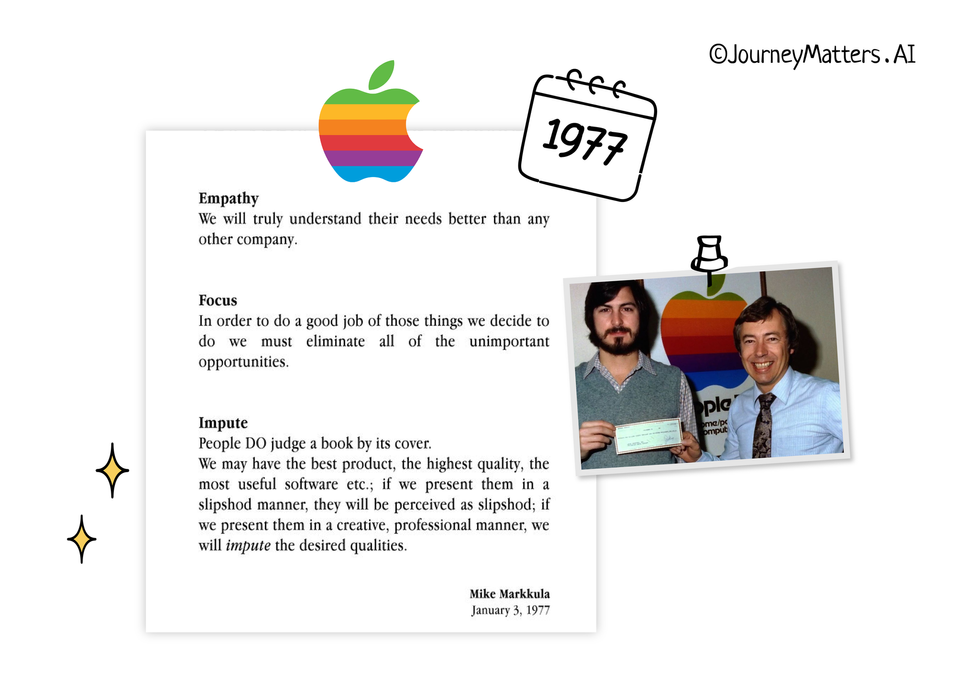
For decades, Apple has been a source of inspiration for many individuals and businesses.
In Steve Jobs's biography [1] by Walter Isaacson, there is a passage that describes "The Apple Marketing Philosophy", written in 1977. Today, Apple relies on the same principles written 45 years back and continues to be a leader in the tech industry.
But what are the key principles that have driven Apple's success? Let’s unveil them in this article.
Mike Markkula: The man behind the timeless marketing philosophy
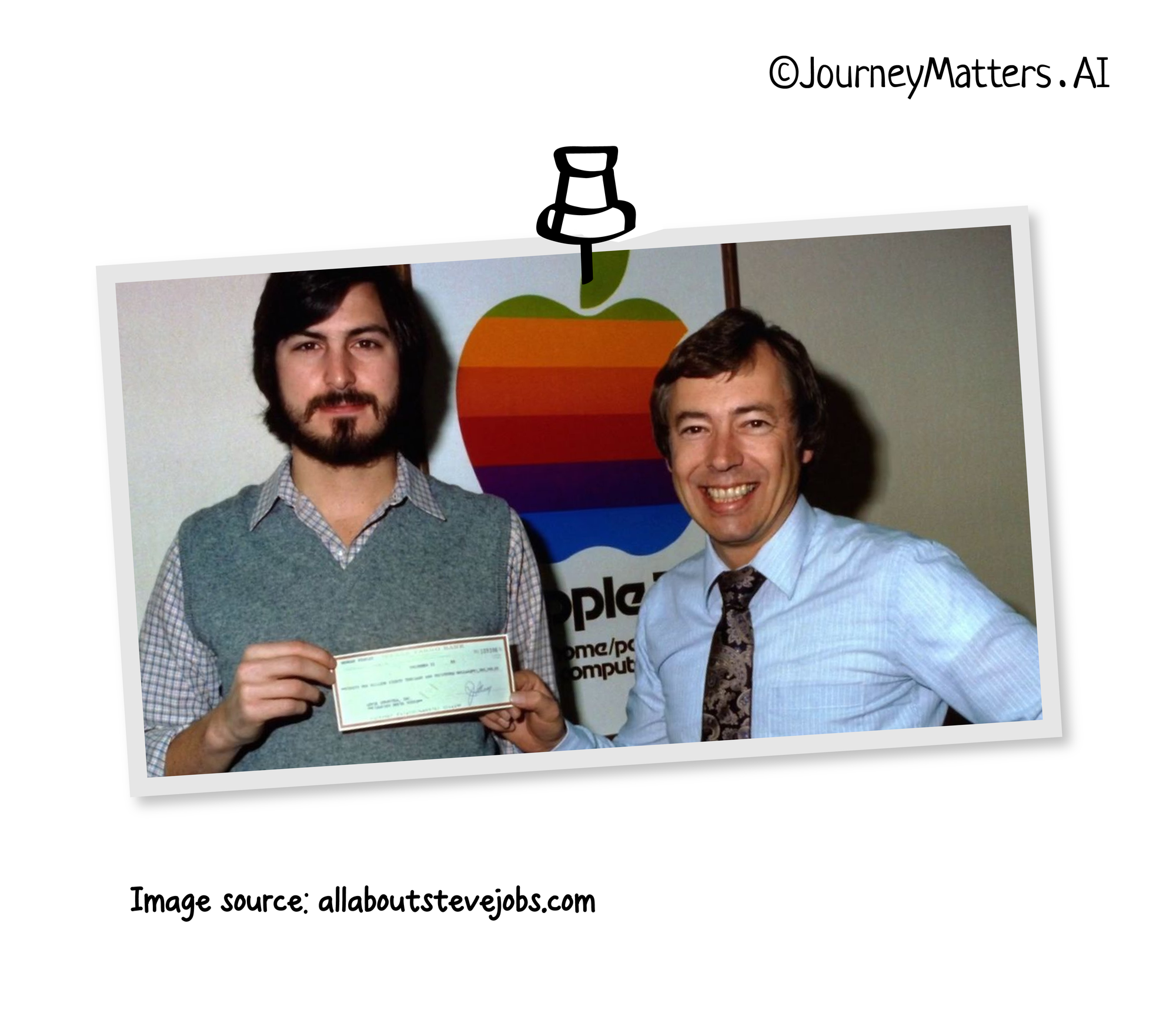
In 1977, Steve Jobs and Stephen Gary Wozniak were looking for venture capital for Apple II's development and launch. They found their first investor in Mike Markkula [2] who put $250k of his money into the business.
Markkula’s philosophies were in alignment with Jobs’. Hence, Jobs convinced him to become a partner in the company.
Beyond being the first investor and third partner for Apple, he penned the "Apple Marketing Philosophy," a three-point call to action that is reflected in everything Apple has done since.
Time to see how each of the three points is at play at Apple.
1. Empathy

Empathy is the ability to put yourself in another’s shoes and see the situations and events from their perspective. In marketing, empathy means showing the human side of your brand that cares about people and their problems.
Customer empathy is at the core of Apple’s marketing. In 2012, Gizmodo’s senior staff writer Sam Biddle got hold of Apple’s confidential Genius Training Manual and Genius Student Workbook [3].
According to Sam, the term empathy is used ad nauseam in the manual. It has a complete section dedicated to the “Power of Empathy”.
The student workbook consists of examples that teach Geniuses how to talk to customers, which words to use, and which ones to avoid. For instance, it asks Geniuses to employ the "Three Fs: Feel, Felt, and Found”, while replying to customer concerns.
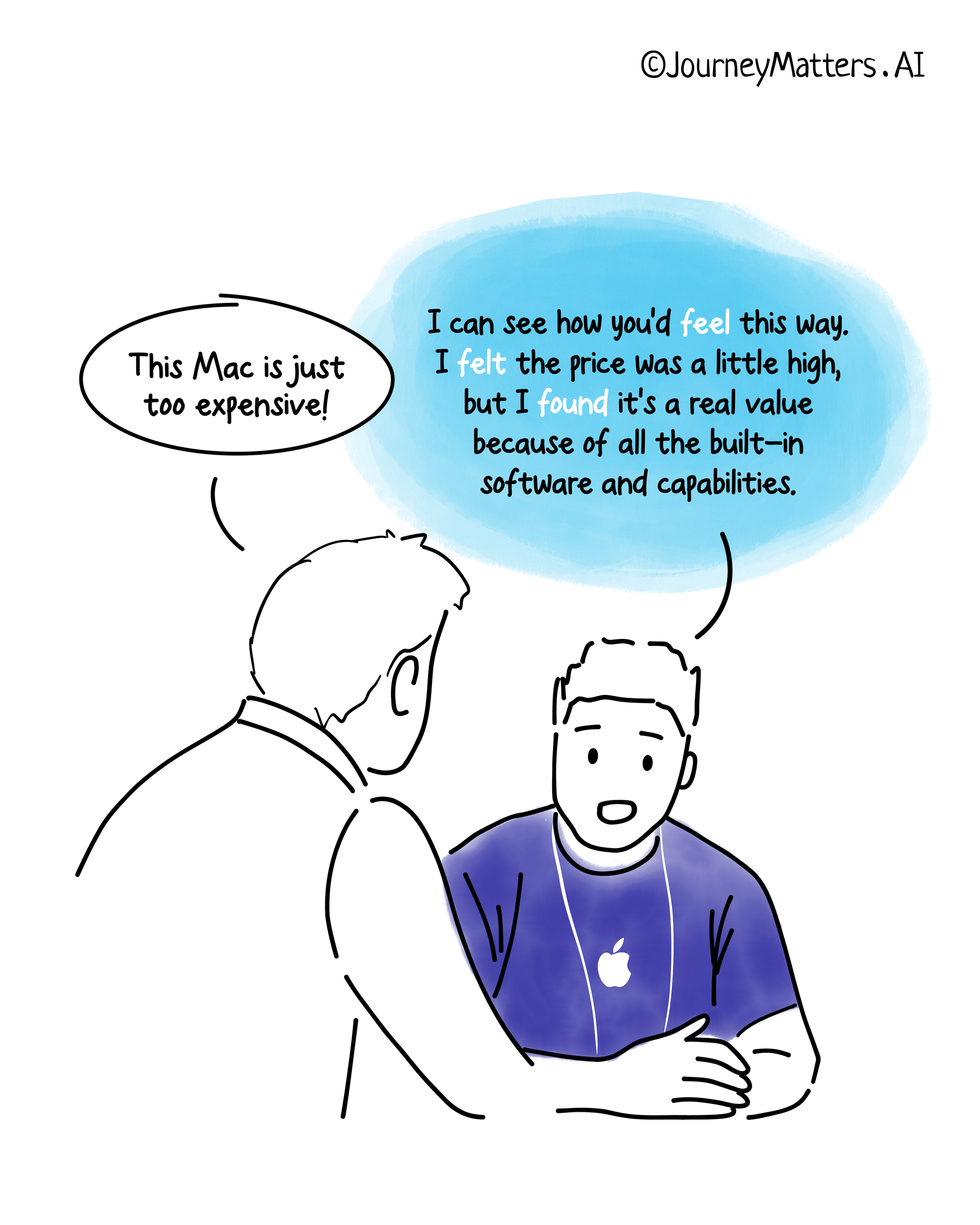
Here is an example:
Customer: This Mac is just too expensive.
Genius: I can see how you'd feel this way. I felt the price was a little high, but I found it's a real value because of all the built-in software and capabilities.
2. Focus
People think focus means saying yes to the thing you’ve got to focus on. But that’s not what it means at all. It means saying no to the hundred other good ideas that there are. You have to pick carefully.
The focus was ingrained in Jobs’ personality and was honed by his Zen training. He relentlessly filtered out what he considered distractions.
For Steve Jobs, ‘focus’ was the courage to work on one worthy idea and abandon 1,000s of great ideas.
On his return to Apple in 1997, he saw that the company was producing a dozen versions of the Macintosh. Following several product review sessions, Jobs became frustrated. During one meeting, he exclaimed, “Stop!” "This is crazy."
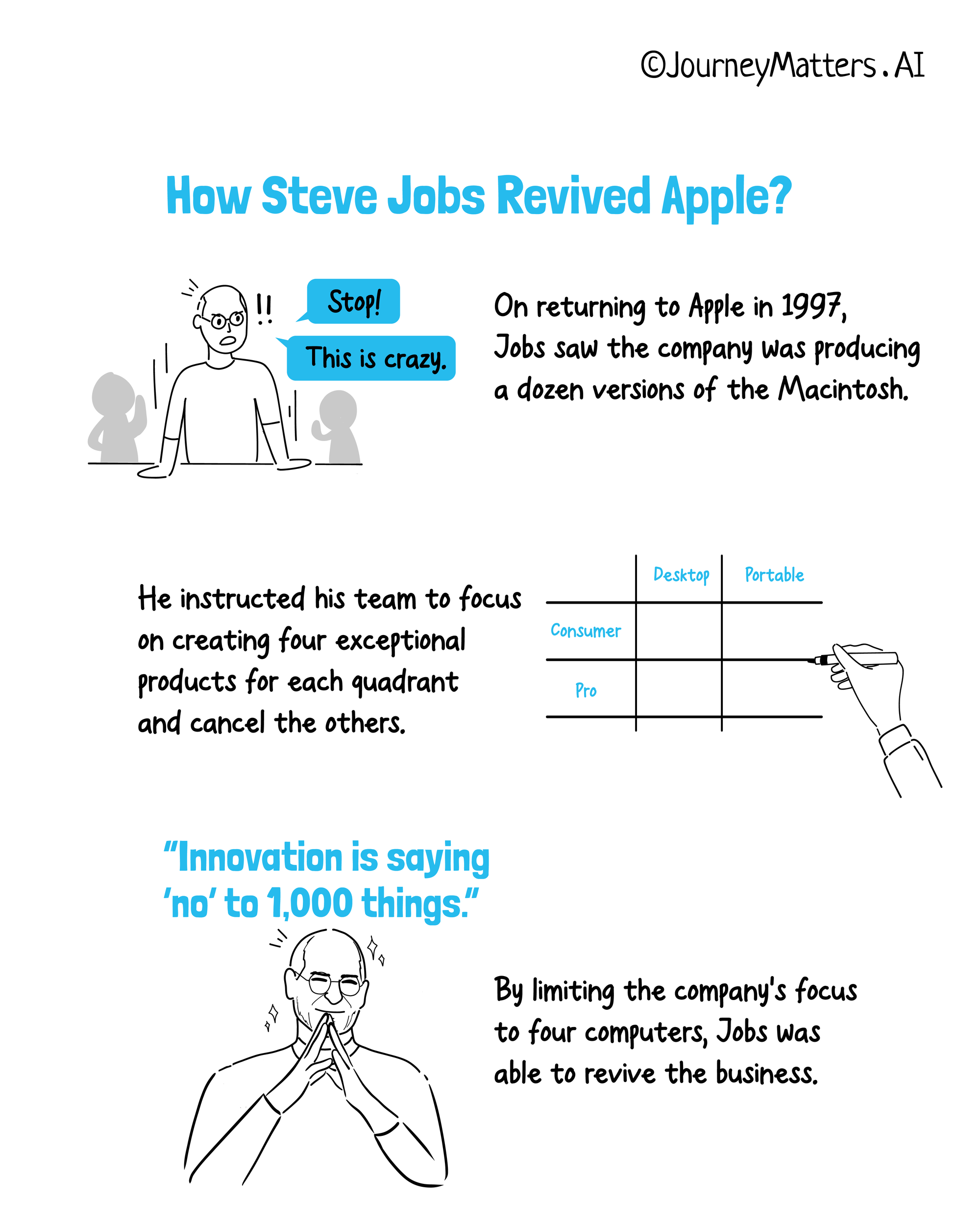
He went to the whiteboard in his bare feet and drew a two-by-two grid using a magic marker. He labeled the columns "Consumer" and "Pro" and the rows "Desktop" and "Portable." He instructed his team to focus only on creating 1 exceptional product per quadrant.
By limiting the focus to four computers, Jobs was able to save the company.
3. Impute
When you open the box of an iPhone or iPad, we want that tactile experience to set the tone for how you perceive the product. —Steve Jobs
Steve Jobs and Jony Ive, the Chief Design Officer (CDO) at Apple, believed that the act of unpacking was a ritual. They wanted to make sure the packaging design sets the tone for the experience of the product.
Steve Jobs knew that people form an impression of a product or company based on its appearance and packaging. He was personally involved in designing the iPod and iPhone and even listed himself on the patents for the packaging design [4].
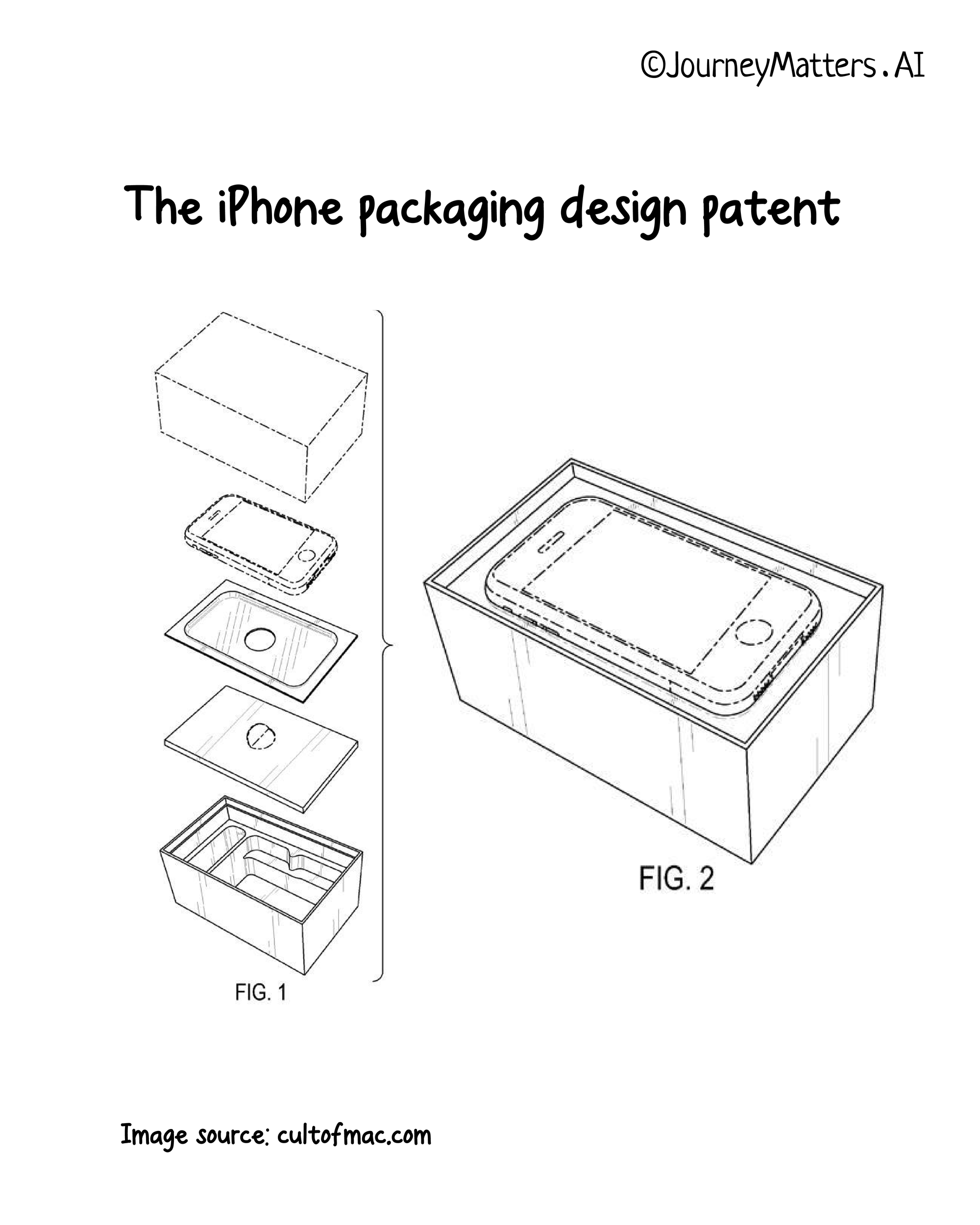
Sometimes, Jobs would use a design to “impute” a signal rather than to be merely functional. On 15th Aug 1998, Jobs launched the original iMac with bright colors and a clear plastic case. Though the design cost extra to the company, it looked fun and playful, signaling to consumers that computing could be a creative and enjoyable experience.
Endnote
Apple's Marketing philosophy was written 45 years ago and has been steering the company toward success since. In January 2022, Apple became the first company to reach a $3 trillion[5] market value.
Companies, big or small, can take inspiration and gain an advantage by following the three principles: empathy, focus, and impute.
What are the marketing principles you live by? Do you find Apple’s Marketing Inspirational? Would you change your current marketing strategy based on these? Let us know in the comments.
Resources
- Steve Jobs biography-Walter Isaacson
- Mike Markulla, the first investor in Apple- allaboutstevejobs.com
- The leaked Apple Genius Training Manual and Worksheet-Gizmodo
- iPhone packaging patent- www.cultofmac.com
- Apple became the first company to reach a $3 trillion market value-The New York Times
- Leadership qualities of Steve Jobs-centerforworklifecounseling.com


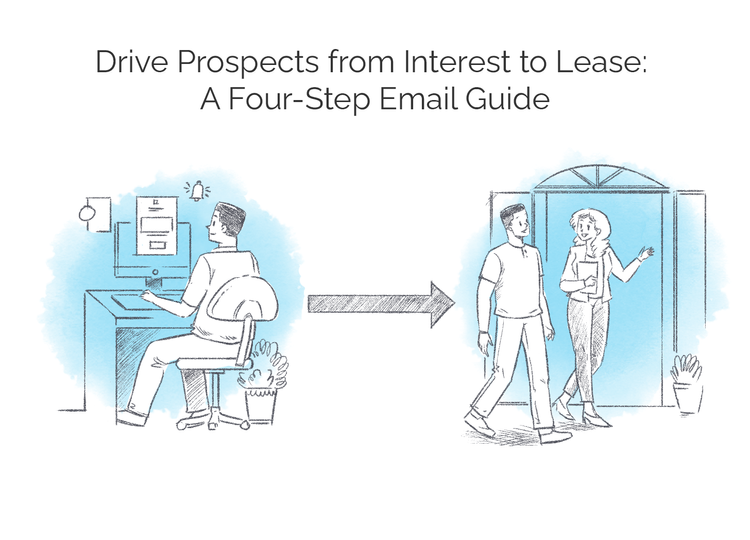
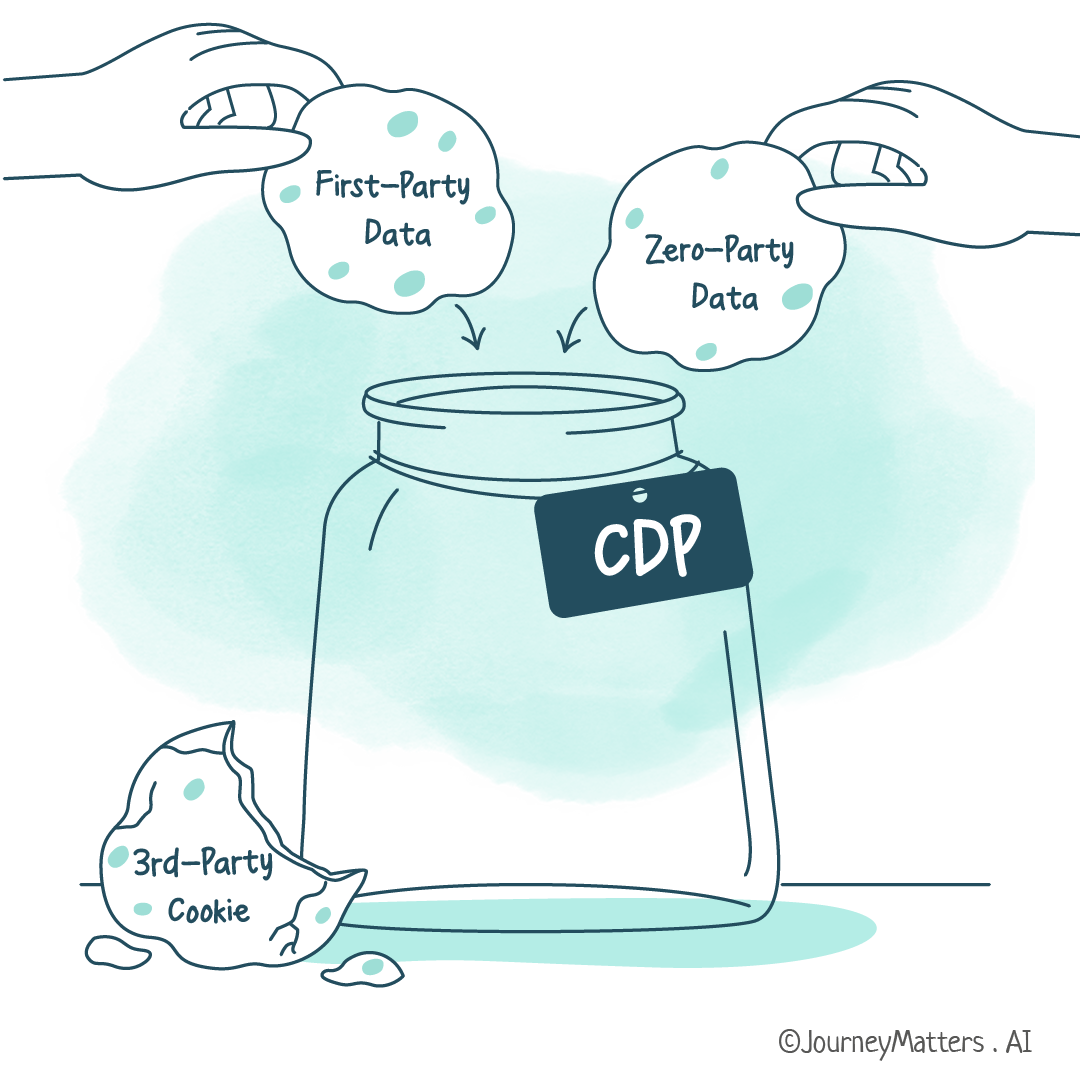
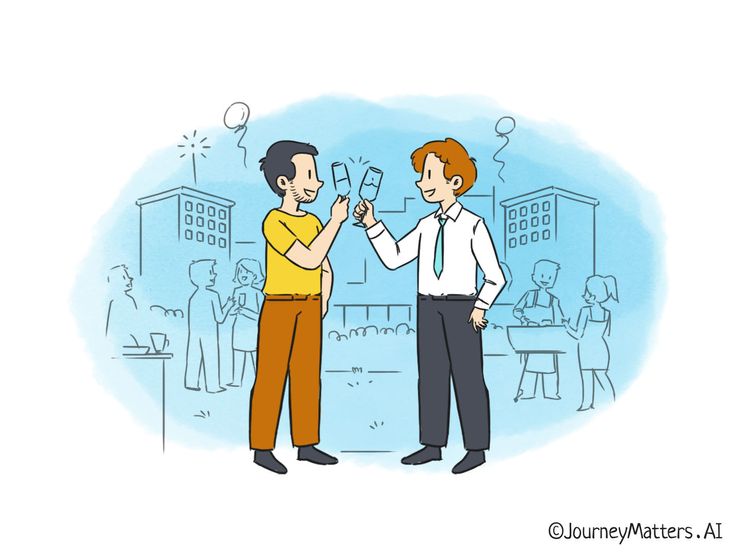
Member discussion